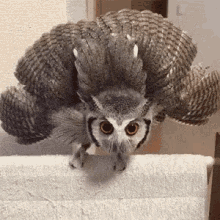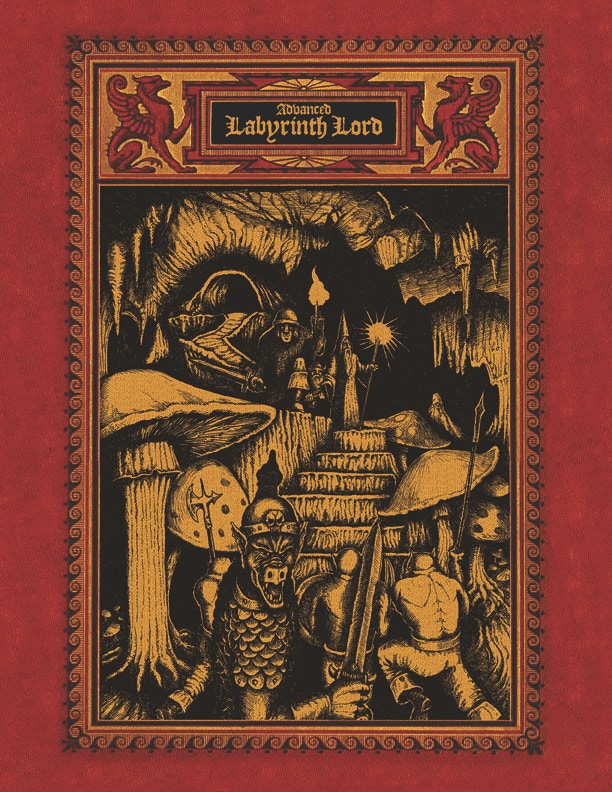Cantrips
I’m ambivalent about cantrips as a concept, but giving low-level magic-users small magic feats beyond their limited spells might be fun.
What about this Unearth Arcana cantrip?
Dampen (Evocation)
Area of Effect: 1 cubic yd.
Casting Time: ½ segmentWhen a cantrip of this sort is cast, the subject area is permeated by a fog-like dampness which leaves all material within it damp to the touch. It is useful for many sorts of things. It is hard on parchment, and it similarly makes it and like substances hard to set aflame. Those within the area of effect of the dampen cantrip will be enwrapped in a light fog, and objects in this fog, while still visible, will lose their detail. Verbal component is a low hooting or a hummed ditty, somatic is a hand gesture upwards with writhing fingers.
The only fun in that is imagining your player hooting and writhing their fingers.

5e includes cantrips that can be cast repeatedly without preparation. I like at-will cantrips, but the particular ones in 5e a too powerful for an old-school game.
How should cantrips work?
- A magic-user knows three cantrips.
- The caster need not prepare/memorize a cantrip.
- Magic-users don’t forget cantrips, and can cast them over and over.
- Casting a cantrip takes a full action — as much time as a first-level spell.
- Unless otherwise noted, cantrips require no somatic, material, or verbal components.
What makes a good cantrip? A good cantrip should have little or no mechanical game impact, and not duplicate something easily done without magic. Ideally, the cantrip also wouldn’t be just a watered-down version of a higher-level spell.
- Brand: The caster magically inscribes their personal sigil on an object. Only the caster can see it. They may erase the sigil with a touch.
- Glow: Summon a light within 60′ of the caster with the size and brightness of a candle. It gives off no heat, but shines a few seconds with the caster’s signature color.
- Jot: The caster magically scribes a brief note (a half dozen words) on any surface (parchment, wall, etc.). The writing vanishes as soon as anyone besides the caster reads it. In an alternate form of the spell, the caster whispers into a shell or empty bottle, and the next person who hold it to their ear hears the caster’s words.
- Murmur: Causes one subject within 60′ of the caster to hear a brief, faint sound — a quiet tap-tap-tap, an distant murmur of voices, a soft shuffling of feet or feathers — seeming to originate from a direction of the caster’s choosing. The effect goes unnoticed in noisy environments.
- Pet: A small animal appears. It obeys simple instructions from the caster, like “Run to Gary!”. The animal can carry weight up to the caster’s level in coins. If the pet takes damage, it vanishes in puff of smoke, though it may be summoned again — unharmed — on a subsequent turn.
- Zap: Inflict 1d4 damage of the caster’s signature type (cold, fire, lightning) to a target withing 60′. The target gets a saving throw.
Delta’s survey of cantrips from various editions is worth reading. I sort of like second edition’s general Cantrip spell (and Proteciton From Cantrips).



